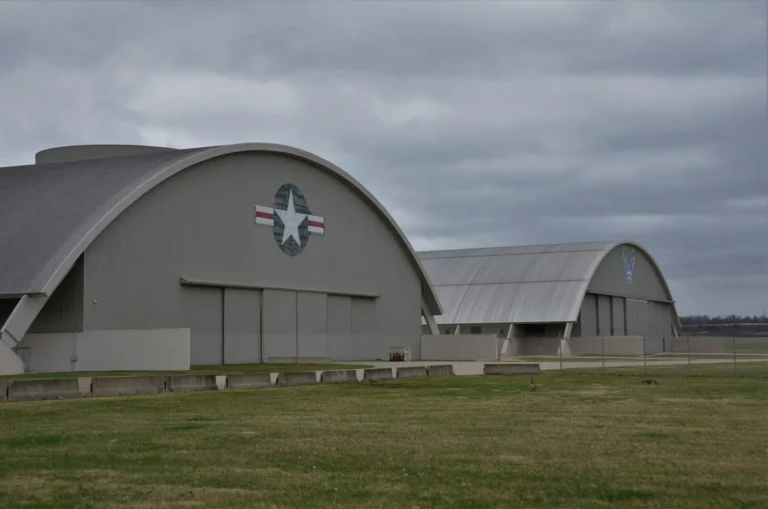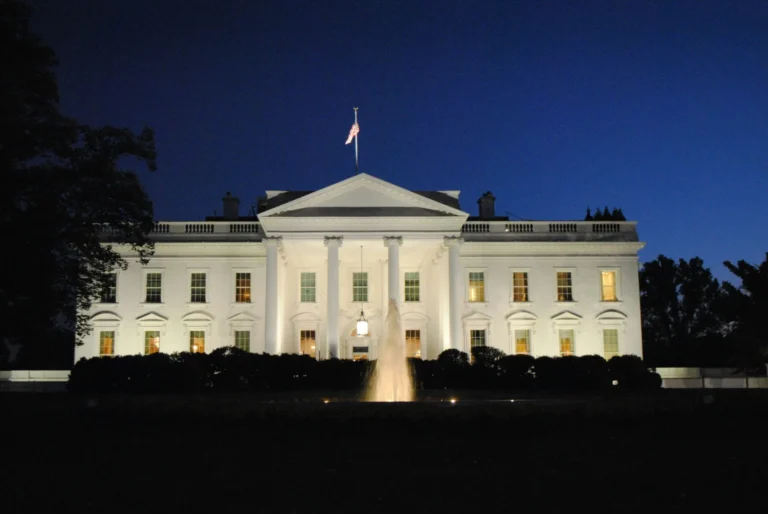By Cliff Montgomery – Mar. 27th, 2011
The American Spark is proud to present the third part of its short history on American Labor.
Why publish this quick study? Because many may not know of the essential role labor unions play in American democracy, or of the essential part they play in the maintenence of this country’s middle class.
Also, an admission: we did not put together this wonderful history. The information seen below comes straight from The Illinois Labor History Society website. Please check out its excellent documentation and resources.
American Labor History: Part III
The Industrial Revolution and the Progressive Era: 1877-1913
Overview
This period was an amazing time of growth in America.
The population was growing at a staggering rate. In 1860 the US population was 31,443,321 and grew to 76,212,168 in 1900 and 92,228,496 in 1910.
Railroads, the epitome of the industrialization, expanded from about 30,000 miles of track before the Civil War to nearly 270,000 miles in 1900.
The industrial labor force nearly tripled between 1880 and 1910 to about 8 million. Large factories, which had existed only in the textile industry before the Civil War, increasingly became more common in a variety of industries. Labor was in high demand to run these new industries.
Unfortunately the continued high population growth spurred by immigration helped to keep the value of individual workers low, as there was a ready supply of people to fill the positions.
Yet this was an active and fascinating period in our nation’s labor history. Workers continued to organize and resist when their way of life and or health were threatened. The study of this period should focus on the struggles of labor to secure safe working conditions, and reasonable compensation.
Labor Related Issues of the Period
- Producer cooperatives and the elimination of the wage system was a philosophy of many unionists [this is an economic/social philosophy called Anarchism, which means “no masters” – the workers themselves ultimately take ownership and control of their individual businesses through democratic methods, and divide up all profits produced from their labors].
- Large factories created an impersonal workplace.
- Mechanization of industry set the pace of work and led to the decline of traditional skilled labor jobs.
Labor Related Events of the Period
1878:
Greenback Labor Party organized by a merger of the Workingmen’s Party and Greenback Party.
1879:
Knights of Labor elect Terrence Powderly as Grand Master Workmen.
1881:
Federation of Organized Trades and Labor Unions, forerunner of the American Federation of Labor, formed in Pittsburgh.
1882:
First Labor Day celebration held in New York City.
1883:
Brotherhood of Railroad Trainmen organized.
1884:
The Garfield Assembly, the first all-female local of the Knights of Labor, is created.
Federal Bureau of Labor established as part of Department of the Interior.
1885:
Immigration of laborers on contract is outlawed by the Foran Act.
1885-6:
Period of greatest influence by Knights of Labor.
1886:
In Columbus, Ohio, the American Federation of Labor is formed with Samuel Gompers as the first president.
Violence erupts following a mysterious explosion at Haymarket Square in Chicago during a rally in support of the 8 hour day.
1887:
Seven accused in the Haymarket explosion are sentenced to death. Five are later executed.
1888:
First federal labor relations law passed, but it only applies to rail companies.
1890:
The AFL, at their annual convention, announce their support for women’s suffrage. United Mine Workers of America formed.
1892:
stead Strike in Pennsylvania. The Amalgamated Association of Iron, Steel and Tin Workers lose the fight over Carnegie Steel’s attempt to break the union.
1893:
Business depression.
1894:
Strike by the American Railway Union against the Pullman Palace Car Company near Chicago is defeated by the use of injunctions and federal troops.
1898:
Erdman Act passed, which provides for mediation and voluntary arbitration on the railroads. This law replaces the 1888 law.
1900:
International Ladies Garment Workers Union founded.
1901:
United States Steel defeats the Amalgamated Association of Iron, Steel and Tin Workers after a strike which lasted three months.
United Textile Workers of America founded.
1902:
Coal miners in Pennsylvania end a five month strike and agree to arbitration with a presidential committee.
1903:
At the annual AFL convention, blue collar and middle class women unite to form the National Women’s Trade Union League. This organization is created to help organize women. Mary Morton Kehew is elected president while Jane Addams is elected vice-president.
The Department of Commerce and Labor is formed.
Mother Jones (Mary Harris Jones) leads the March of the Mill Children to President Roosevelt’s home in New York. Many of the children are victims of industrial accidents.
1905:
In Chicago, the Industrial Workers of the World founded. [This organization is still in existence. It may still be the single most vibrant American voice against the aristocratic tendencies of modern capitalism. The preamble to its constitution spells out its mission:
The working class and the employing class have nothing in common. There can be no peace so long as hunger and want are found among millions of the working people and the few, who make up the employing class, have all the good things of life. Between these two classes a struggle must go on until the workers of the world organize as a class, take possession of the means of production, abolish the wage system, and live in harmony with the Earth. …
Instead of the conservative motto, ‘A fair day’s wage for a fair day’s work’, we must inscribe on our banner the revolutionary watchword, ‘Abolition of the wage system.’
It is the historic mission of the working class to do away with capitalism.]
US Supreme Court in Lochner v. New York, declares a New York maximum hours law unconstitutional under the due process clause of the 14th Amendment.
1906:
Upton Sinclair publishes The Jungle, which exposes the unsafe and unclean aspects of the Chicago meat-packing industry.
The International Typographical Union struck successfully for the 8 hour day which helped pave the way for shorter hours in the printing trades.
1908:
In Muller v. Oregon, the Supreme Court rules that female maximum hour laws are constitutional due to a woman’s “physical structure and …maternal functions.”
Section 10 of the Erdman Act which deals with “yellow dog” contracts and forbids a person being fired for belonging to a union was declared unconstitutional. (US v. Adair)
1909:
Two month strike by the International Ladies Garment Workers’ Union was settled by providing preferential union hiring, a board of grievances, and a board of arbitration.
1911:
Supreme Court upheld an injunction ordering the AFL to eliminate the Bucks Stove and Range Co. from its unfair list and to cease to promote an unlawful boycott. (Gompers v. Bucks Stove and Range Co.)
146 workers, mostly women, die in the Triangle Shirtwaist Company fire in New York City. This leads the to the establishment of the New York Factory Investigating Commission to monitor factory condition.
1912:
Massachusetts adapts the first minimum wage law for women and minors. Textile strike led by the Industrial Workers of the World in Massachusetts wins wage increase.
1913:
US Department of Labor established. Secretary of Labor given power to “act as a mediator and to appoint commissioners of conciliation in labor disputes.”
The First World War: 1914-1920
Overview
Labor Related Issues of the Period
- The mobilization for war brought thousands of women and minorities into industrial plants to replace the men who went off to war.
Labor Related Events of the Period
1914:
Clayton Act passed, which limits the use of injunctions in labor disputes.
Ludlow Massacre in Colorado. Wives and children of striking miners are set aflame when National Guardsmen attack their tent colony during a strike against the Colora do Fuel and Iron Company.
President appoints the Colorado Coal Commission to investigate the Ludlow Massacre and labor conditions in the mines following an unsuccessful strike by the United Mine Workers.
1915:
LaFollette Seamen’s Act, which regulates the working conditions of seamen, created.
1916:
8-hour day for railroad workers is created with the passage of the Adamson Act. This averts a nation- wide strike.
A Federal child labor law is enacted, but is later declared unconstitutional.
1917
The Industrial Workers of the World (IWW) strike in the Bisbee, Arizona copper mines ended with the deportation of 1,200 miners to the desert by the local sheriff.
The president created a mediation commission, headed by the Secretary of Labor to adjust wartime labor difficulties.
The Federal Government took control of the railroads until early 1920, under legislation which allowed government railroad operation during wartime.
1918:
National War Labor Board created by President Wilson. Women in Industry division of the Department of Labor established.
1919:
The nationwide Great Steel Strike led by William Z. Foster defeated.
Labor leaders led by AFL President Samuel Gompers, recommended the inclusion of labor clauses creating an International Labour Organization into the Versailles Treaty.
Boston Police Strike–the first strike by public safety workers in US history.
United Mine Workers struck and earn a 27% wage increase during arbitration with a presidential commission. They were denied the 6 hour day and 5 day week.
1920:
The Women in Industry division of the Department of Labor became the Women’s Bureau, as part of the Department of Labor by an act of Congress.
The women’s suffrage amendment ratified.
The Transportation Act established Railroad Labor Board.





